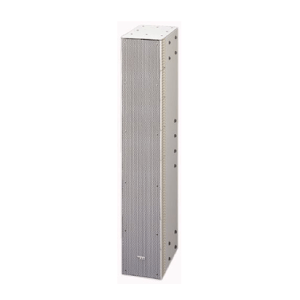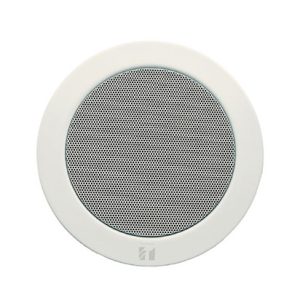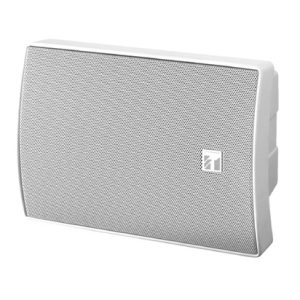Description
Monitor speakers, also known as studio monitors or reference monitors, are specialized speakers designed for accurate and transparent audio reproduction. They are commonly used in professional audio production environments, recording studios, and home studios. Unlike consumer speakers that may emphasize certain frequencies for a pleasing sound, monitor speakers aim to provide a flat and uncolored frequency response, allowing audio professionals to make critical and accurate judgments about the sound they are producing or mixing.
Here are some key characteristics and features of monitor speakers:
Flat Frequency Response: Monitor speakers are designed to have a neutral and balanced frequency response. This means they aim to reproduce audio as accurately as possible without boosting or attenuating specific frequencies. This allows audio professionals to hear the true characteristics of the audio being produced or mixed.
Precise Imaging and Detail: Monitor speakers focus on delivering precise stereo imaging and detail, allowing the listener to perceive the individual elements of a mix or recording accurately. This helps in making critical decisions regarding instrument placement, panning, and spatial effects.
Near-Field Listening: Monitor speakers are typically designed for near-field listening, where the listener is positioned relatively close to the speakers (usually within a few feet). This setup minimizes the influence of room acoustics and reflections, allowing for a more accurate representation of the audio.
Balanced Input Connections: Monitor speakers often feature balanced input connections such as XLR or TRS, which help in maintaining the integrity of the audio signal and minimizing noise and interference.
Amplification: Some monitor speakers are “active” or “powered,” which means they have built-in amplifiers. This eliminates the need for an external amplifier and ensures optimal matching between the speaker drivers and the amplification.
Different Sizes and Configurations: Monitor speakers are available in various sizes and configurations, including two-way (woofer and tweeter), three-way (woofer, midrange, and tweeter), and even larger configurations. The choice of size and configuration depends on the desired frequency response, power requirements, and room size.
Monitor speakers play a critical role in professional audio production by providing a reliable and accurate representation of the sound being created. They help audio engineers and producers make informed decisions during the recording, mixing, and mastering processes. It’s important to note that while monitor speakers are primarily used in professional audio settings, they can also be a valuable tool for audiophiles and music enthusiasts seeking a transparent and detailed listening experience.





Reviews
There are no reviews yet.